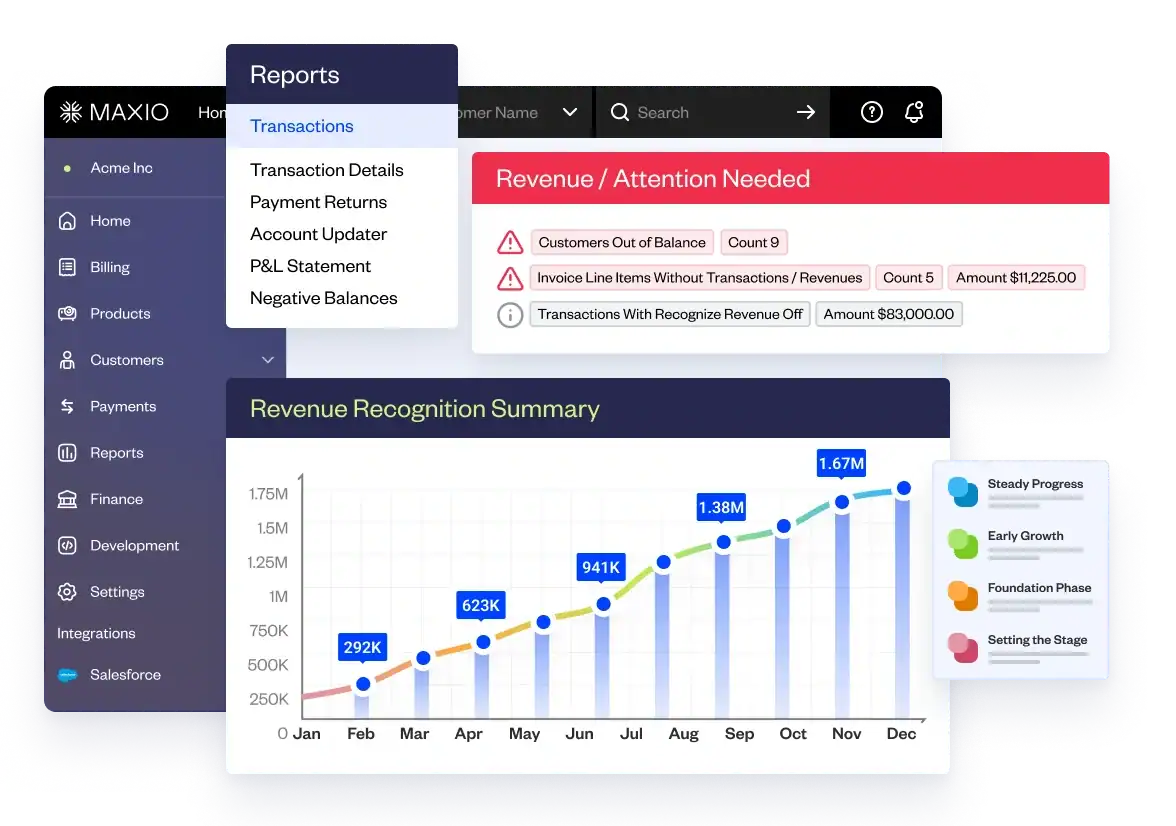Marketing partners with Sales, and Engineering partners with Product. These relationships are understood as common knowledge… but what about Customer Success?
At a time when revenue efficiency is top of mind, Customer Success needs to be aligned with the office of the CFO. However, to establish an effective partnership, your Finance and CS leaders need to speak the same language.
That’s why we met with ChurnZero to discuss:
- How to align CS metrics with the CFO’s priorities
- The key to breaking down communication barriers and partnering effectively
- Which financial metrics CS leaders should focus on to drive business impact
- How to benchmark CS success in the private market
- How your customer health scores impact revenue retention
- The importance of segmentation in your CS strategy
Here’s what we learned.
(Don’t want to read the recap? You can watch the original webinar here.)
Aligning customer success and the CFO
To establish a healthy relationship between CS and the CFO, it’s crucial to understand each other’s needs and communicate effectively.
Customer success leaders often worry about being limited to nitty-gritty financial conversations with the CFO. However, the alignment goes beyond numbers; it involves understanding what drives the business and how CS efforts contribute to its success. CS leaders must proactively communicate with the CFO to avoid surprises related to budgets and ensure continuous updates on customer base health.
Tying customer success activities to revenue
One of the major barriers to a productive relationship between Customer Success and the CFO is not sharing the same business priorities.
Finance leaders are trying to run on a tight ship and course correct only when necessary, so it’s essential for CS leaders to maintain constant communication, especially when concerning additional headcount and customer performance. However, one of the biggest favors CS leaders can do for their CFO is to shift focus from the number of accounts managed to the dollars associated per CSM. Not only does this language resonate better with the CFO, it demonstrates business impact and can easily be reported up to the board.
Key financial metrics for CS leaders
To demonstrate the value of their efforts, CS leaders should familiarize themselves with key financial metrics and their implications. Here are the metrics CS leaders should be tracking and reporting up to the CFO:
1. Annual Recurring Revenue (ARR) is a fundamental metric that serves as a non-GAAP indicator of how a SaaS business is growing across its customer base. It represents the annualized value of recurring revenue derived from monthly billing. By analyzing ARR, CS leaders and CFOs can gain insights into sales performance, contract types, and overall business growth.
2. Renewal Rate is a critical metric for CS leaders to measure customer satisfaction and retention. It represents the percentage of contracts that are available for renewal and are successfully renewed. CS leaders should focus on maintaining high renewal rates as an indicator of customer loyalty and overall business health. Best practices suggest aiming for renewal rates around 95-97% to ensure a strong foundation for growth.
3. Gross Retention complements renewal rate by considering the entire customer base and their spending over a specified period. It takes into account churn (customers who stop using the product or cancel their subscriptions) and contraction (customers who reduce their spending or scale down their usage). CS leaders and CFOs should aim for healthy benchmarks of 80-85% or higher for gross retention. By analyzing both renewal rate and gross retention, CS leaders and CFOs gain a comprehensive understanding of customer loyalty and revenue stability.
4. Net Revenue Retention (NRR) reflects the expansion and contraction of revenue across a customer base over a specific period. It encompasses upsells, cross-sells, and expansion revenue, offset by contraction and churn. CS leaders should collaborate with CFOs to drive NRR above 100%, indicating that the business is successfully expanding its revenue within the existing customer base.
CS leaders play a vital role in driving NRR by identifying upsell and expansion opportunities, working closely with customers, and providing feedback to the product team. By collaborating with the CFO, CS leaders can create bottom-up forecasts to inform decision-making and shape the future direction of the business.
5. Churn Rate and Retention shows you the rate at which customers stop subscribing to your service. While churn is an unfortunate reality in any business, CS leaders can work closely with CFOs to monitor and address it effectively. Churn represents the loss of customers or revenue, and it’s crucial to understand the reasons behind churn. By analyzing churn reasons, CS leaders and CFOs can identify areas for improvement in product strategy, pricing, and packaging. Moreover, tracking retention rate throughout the customer lifecycle, from onboarding to renewal, helps in assessing the overall health of the customer base.
CS leaders should also pay attention to the concept of “failure to launch,” which refers to customers who fail to achieve value from the product due to onboarding or implementation challenges. By addressing these issues, CS leaders can minimize churn and maximize customer success, ultimately driving business growth.
Leveraging industry benchmarks
Benchmarking is a valuable tool for CS leaders to understand their performance relative to industry standards. For example, OpenView’s 2022 SaaS Benchmark Survey provides excellent industry benchmarks for gross dollar retention, net dollar retention, and other relevant CS metrics. By collaborating with the CFO to identify relevant benchmarks based on your company’s stage, size, and industry, you can more easily determine what success should look like between your departments.
Health scores as leading indicators
Health scores play a crucial role in predicting customer retention and identifying areas of improvement. It’s essential to move beyond subjective reasoning, such as how your individual CSMs feel about customer relationships, and focus on objective data that indicates whether your customers are at-risk of churn or not.
By analyzing leading and lagging indicators tied to customer renewals, CS leaders can proactively address potential churn risks and strengthen customer satisfaction. Understanding what constitutes a healthy customer and aligning health scores with renewal outcomes is key to optimizing your customer success efforts.
The importance of segmentation
Every customer is valuable, but not all customers contribute the same amount of value to your company.
Customer Success leaders must adopt a strategic approach to segmentation, understanding which customers require high-touch engagement and which can be managed with a more low-touch, hands-off approach. By segmenting customers based on their value and needs, CS leaders can allocate resources effectively, ensuring that high-value accounts receive the necessary attention and low-touch accounts are handled efficiently. This approach allows CS teams to optimize their efforts and drive maximum value for the organization.
Speaking the same language: Metrics and KPIs
To foster alignment with the CFO, your CS teams must report on the same metrics and align key performance indicators (KPIs) with your company’s financial goals. This ensures that CS efforts are not only valued but also rewarded appropriately.
CS leaders should collaborate with the CFO to establish a set of KPIs that directly contribute to revenue growth, customer expansion, and churn reduction. By quantifying the impact of their work in financial terms, CS leaders can engage the CFO in meaningful conversations and position themselves as strategic drivers of success within their organizations.
Want more tips on driving revenue efficiency in your business?
Check out our playbook, “Scaling During a Recession–Winning Strategies for SaaS Leaders”, to see how pricing consultants, fractional CFO’s, and SaaS veterans recommend you adapt to achieve revenue efficiency—even in a volatile market.


![[520] Blog image: Customer Success and CFO](https://www.maxio.com/wp-content/uploads/2024/05/CS_and_CFO.png)



